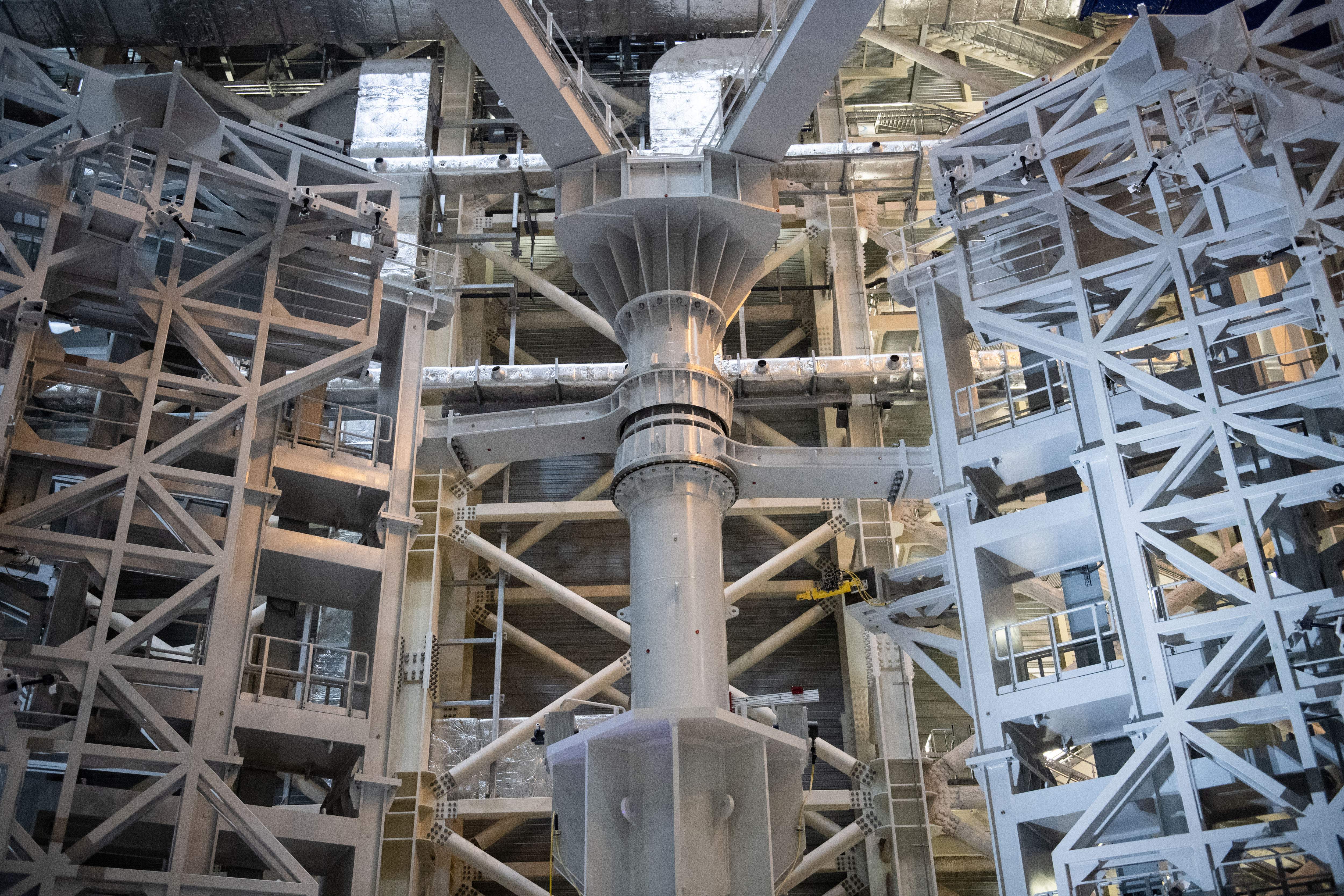This giant magnet can lift aircraft carriers and could power the future of energy
If the project works, it could produce virtually limitless energy without radiation risks or carbon emissions.

It may turn out to be one of the most consequential road trips of all time.
This week, key components for one of the world’s most powerful magnets, so strong it can lift an aircraft carrier 2 metres off the ground, were strapped onto a 24-axle truck in California.
The gear is eventually bound for France, where a 35-nation international coalition called ITER is hoping to pioneer nuclear fusion-generated power on the largest scale ever, a key step in the development of an abundant and zero-emissions energy source.
There, the components will form part of the Central Solenoid, a powerful, six-storey tall electromagnet at the heart of a donut-shaped structure called a tokamak. Inside, deuterium and tritium gas in a vacuum chamber will be super-heated until they’re 10 times hotter than the core of the sun and turned into iodised plasma, at which point the fusion reaction will combine atomic nuclei and produce huge amounts of energy. The magnets will hold the plasma in a specific shape as it releases ultra-high energy neutrons made in the process, which will ping into the chamber’s walls, some of which will transmit energy outward and some which will react with lithium in the chamber, creating more fuel for the reaction.
“ITER is a strange experiment, unlike anything in history, because of the combination of the technological challenges,” Laban Coblentz, head of communication at ITER in France, told Vice, adding, “If you talk to an engineer about the Central Solenoid, and give dimensions, you’ll say things like: ‘It’s strong enough to lift an aircraft carrier, or it’s a magnet that is nearly 60-feet-high, yet it has to be positioned along the central axis of the machine with a precision in the range of millimetres.’ An engineer will say that’s insane, rightly.”
The components were made by US firm General Atomics in Poway, California, near San Diego and will eventually arrive at the ITER complex being built in Cadarche, France.
Building commercial nuclear fusion plants, sometimes called “stars on Earth” because they use the same reaction going on inside the Sun, has been a dream of scientists for decades, given its potential as a safe and sustainable energy source.
Previous efforts have built fusion reactions inside of tokamaks, but none have ever reached the “break-even point” where energy out is greater than energy in. The closest so far has been the Joint European Torus in the UK, which produced 67 per cent of its initial energy input. ITER, whose first processes will be tested in 2025, aims to produce 10 times more energy than is input.
The project is a jointly funded collaboration between 35 countries, including the UK, the EU, the US, as well as China, India, Japan, Korea and Russia.
"The ITER project is the most complex scientific collaboration in history," Dr Bernard Bigot, Director-General of the ITER Organization, said in a statement. "Very challenging. First-of-a-kind components are being manufactured on three continents over a nearly 10-year period by leading companies such as General Atomics. Each component represents a top-notch engineering team. Without this global participation, ITER would not have been possible; but as a combined effort, each team leverages its investment by what it learns from the others."
Join our commenting forum
Join thought-provoking conversations, follow other Independent readers and see their replies
Comments
Bookmark popover
Removed from bookmarks